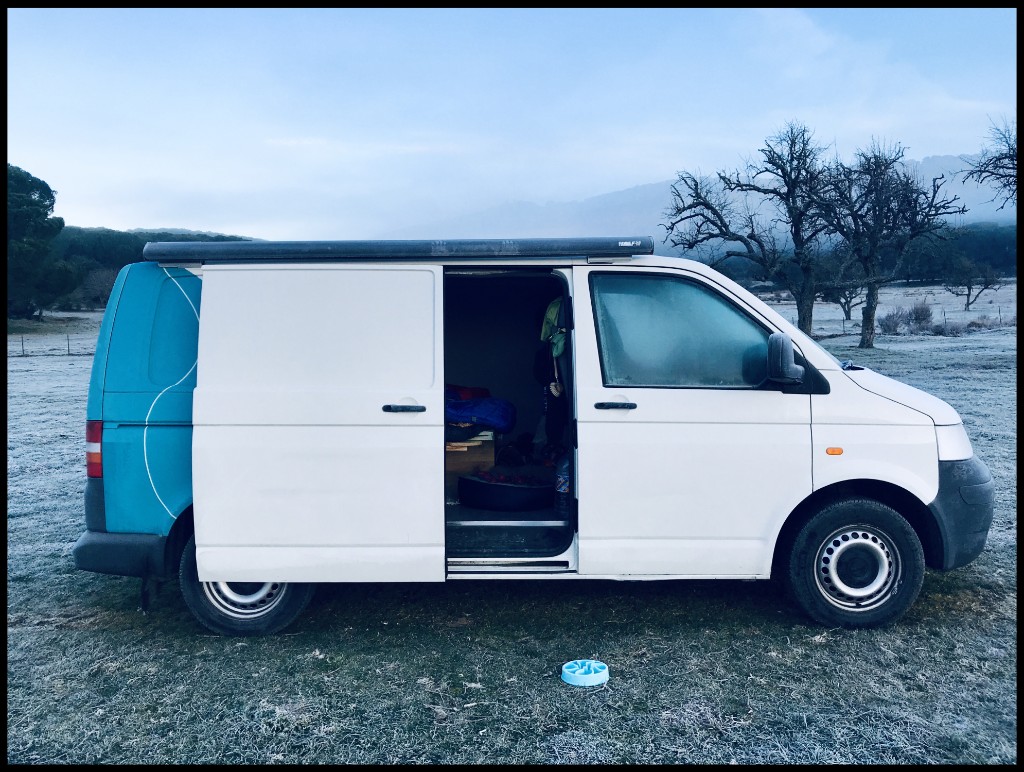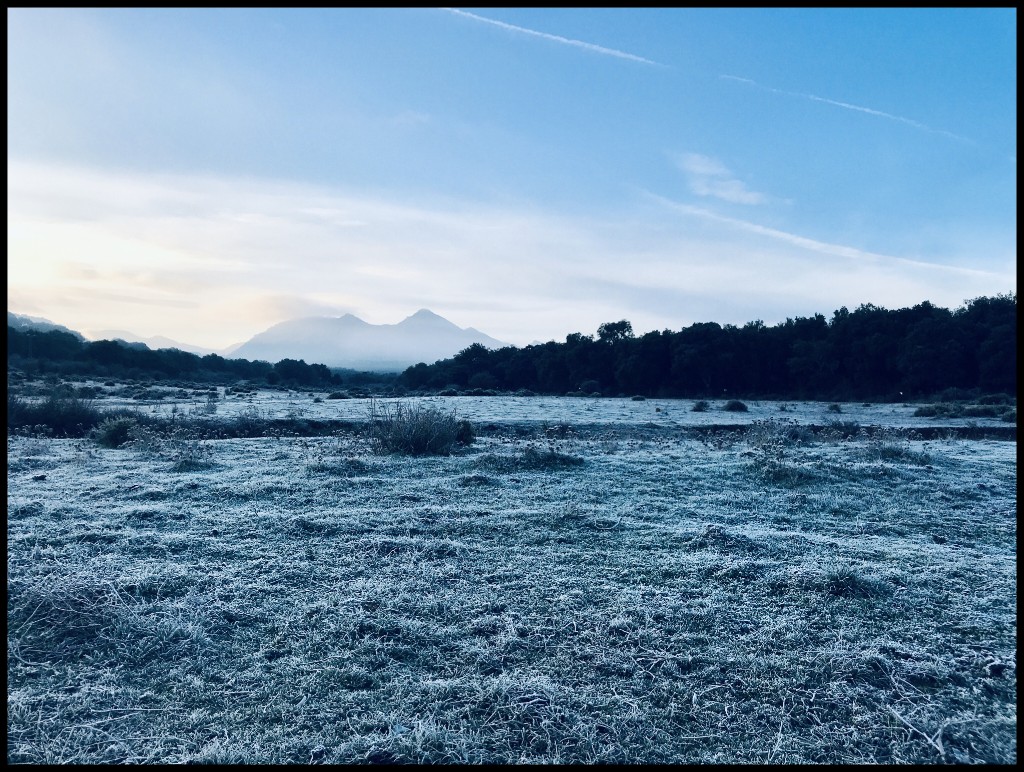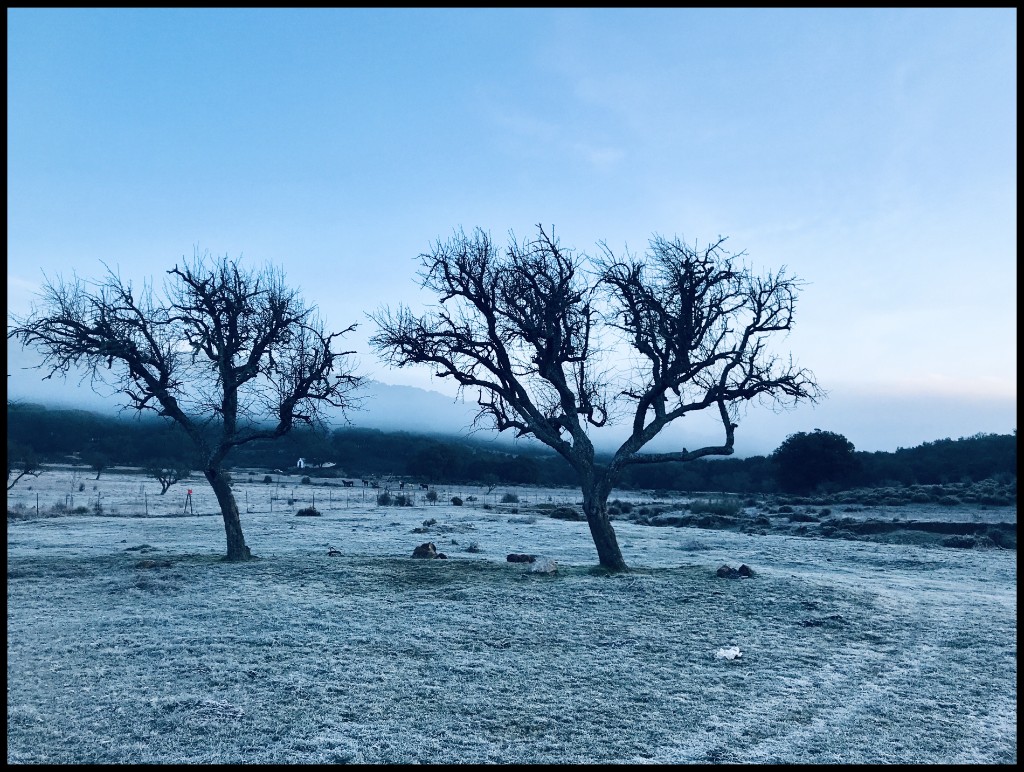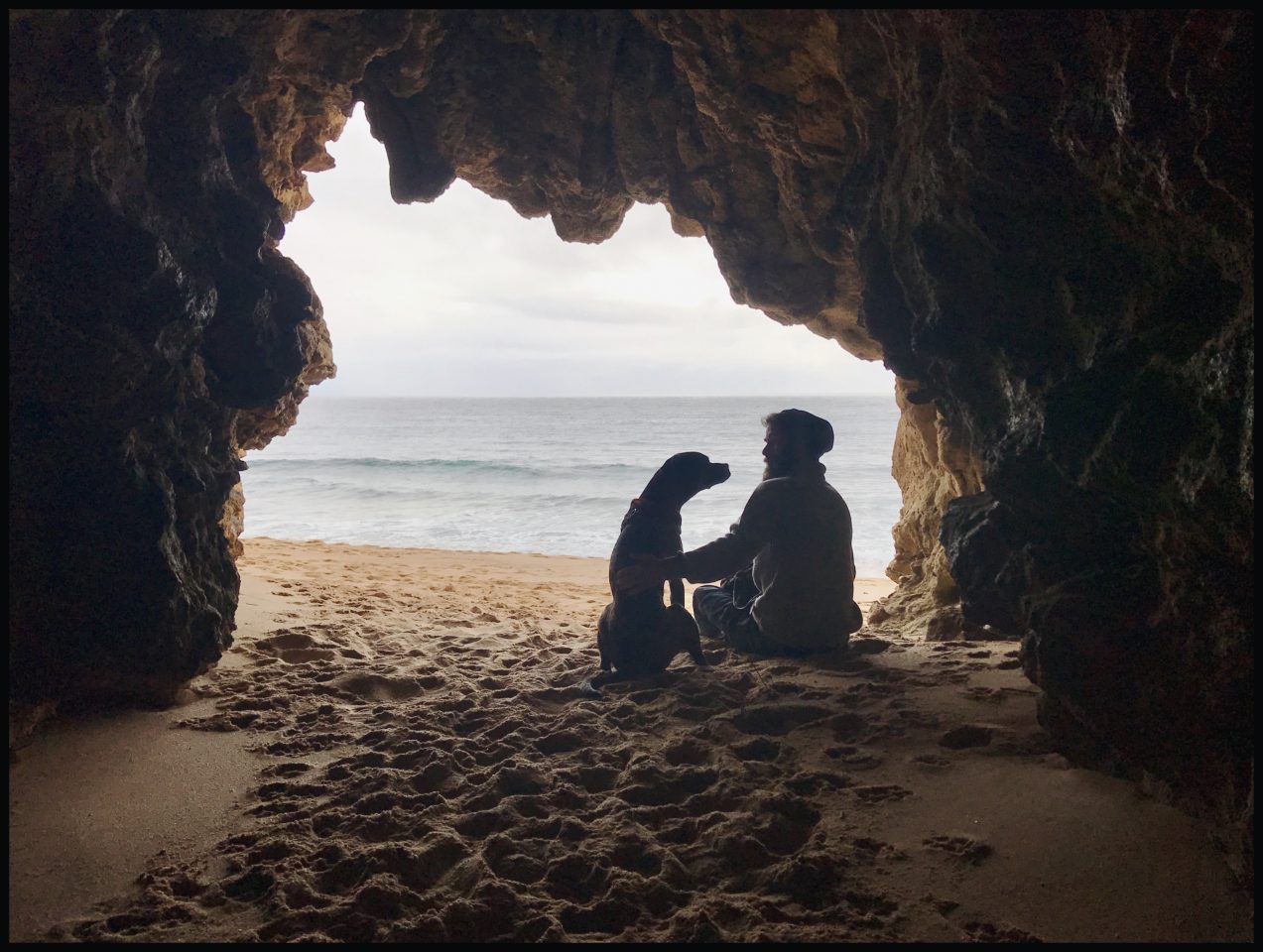Some stops in Caceres and Sevilla to visit friends and family, a two-day downpour on the beach near Tarifa spent in the van, a few sunny days at a campground taking advantage of running water and a laundry machine, then into the interior.
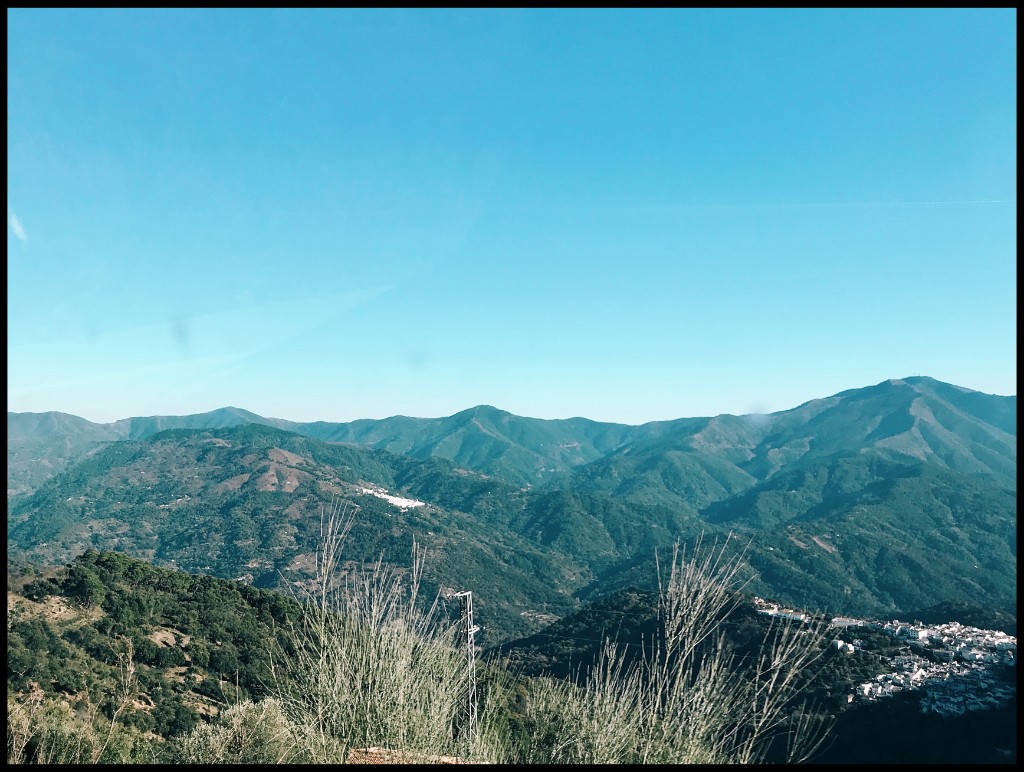
Some of the small pueblos blancos of Andalusia stood out from the flora of the hills; a mixture of cork, olive, palm, and acorn. Winding up the road into the mountains from Tarifa, our first destination was Ronda. I saw a photo once of its eighteenth-century bridge that connects the two parts of town. I didn’t realize the whole town was built right on an immense ridge of a gorge.
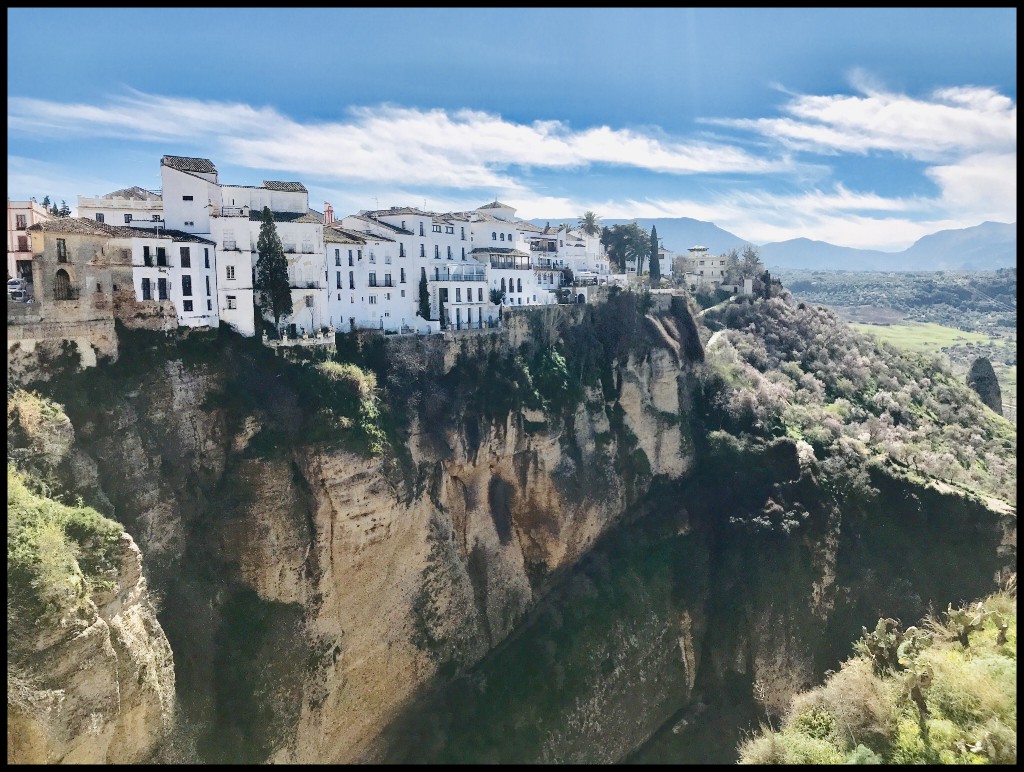
We found a camping spot next to a fountain across the small valley, giving us a perfect view of the old town of Ronda, the cliff, and the bridge. After a late lunch, we settled in for the afternoon.

The next day, we walked into town. On the south side, huge banners hung from the sides of buildings and apartment windows:
No al aislamiento de sur de Ronda!
Ni un minuto separados, siempre juntos!
No to the isolation of the south of Ronda.
Not one minute separated, always together!
We met a Spanish-Scottish couple while our dogs played near the Iglesia del Espíritu Santo. The woman told us the ayuntamiento (town council) wants to block car traffic for three hours a day, for conservation reasons. It would still be possible to walk or bike over it during that time. Dear southern rondeños, you are being a bit melodramatic.
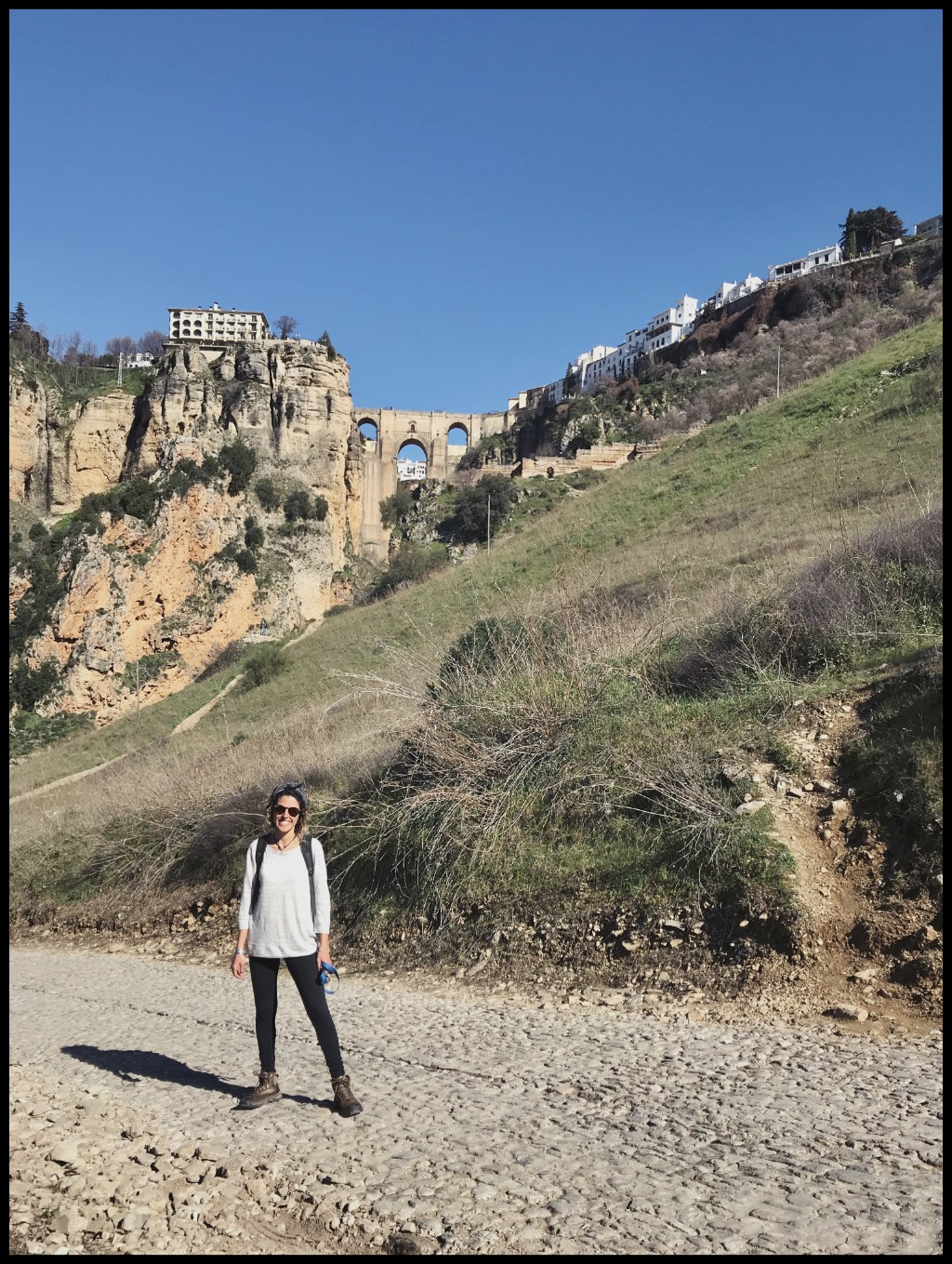
Ronda is known for its corridas, bullfights. I started thinking about Hemingway and sure enough, we passed a shop that had old photos displayed of him and local toreros, probably his drinking buddies. (We loathe bullfighting, like many our age in Madrid but also in autonomous communities like Galicia and Catalonia where bullfighting wasn’t part of the cultures.)
Ronda has beautiful architecture and the town is easily enjoyed on foot. We didn’t do any museums or touristy things. Both days we stopped at churrerías, one French, one Spanish, for hot chocolate, churros, and coffee. We passed los Baños Arabes and walked back in the early afternoon to enjoy the sun, the sound of the birds, and the views of Ronda from our makeshift campsite.
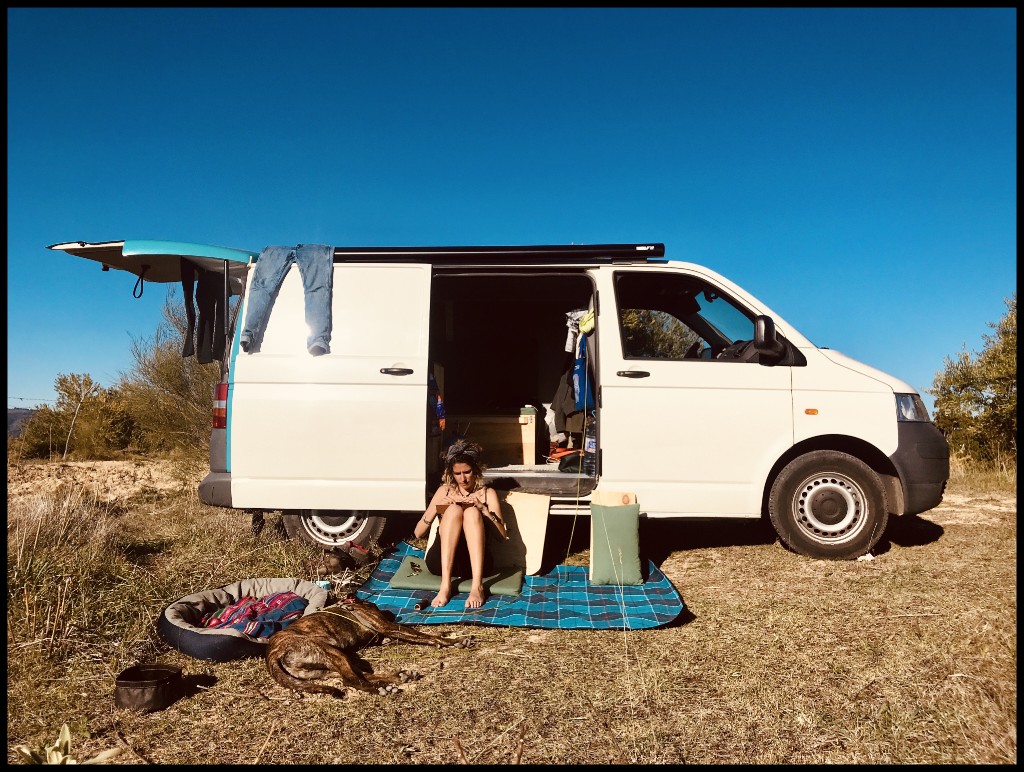
And we continued on, heading anywhere we please, in search of nice parking spots in nature, cheap thrills, and delicious van-cooked meals.
